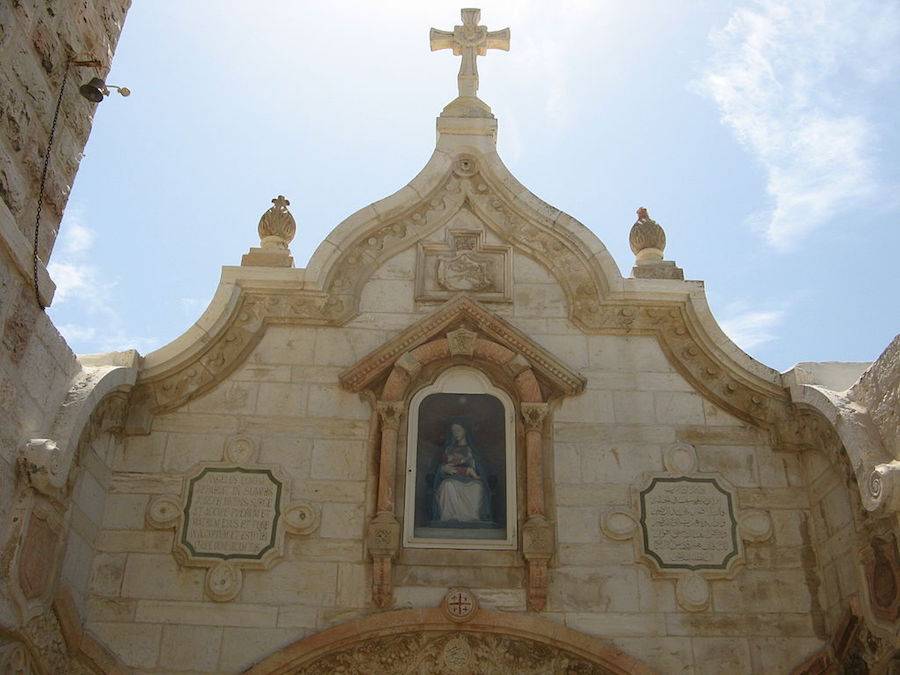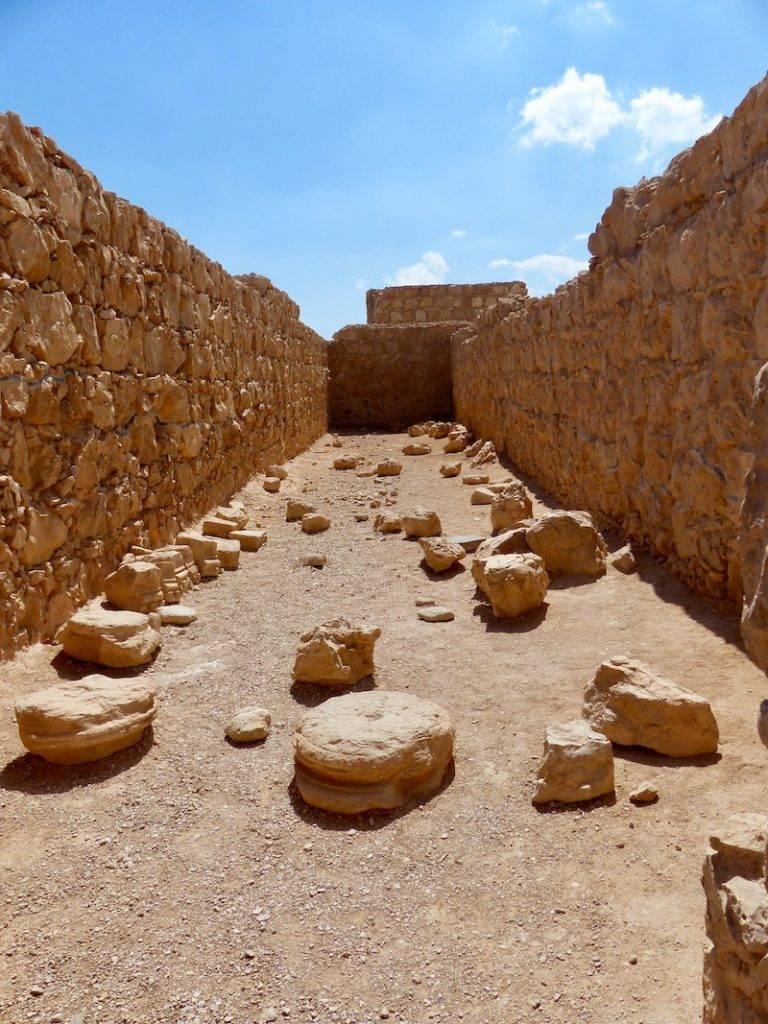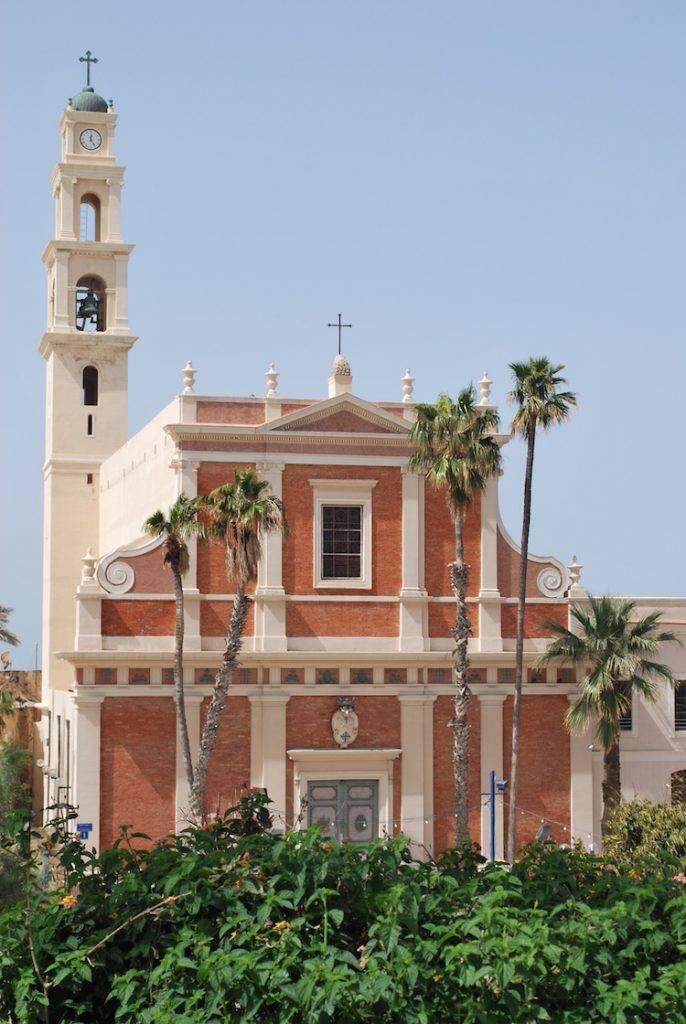My top place to travel for temple seeking, as you probably know, is Israel. There are many reasons to visit the Holy Land due to its stunning historical and religious sites for three main world religions: Judaism, Christianity and Islam.
Never in my life have I visited a city so spiritually and archaeologically astounding as Jerusalem itself. Archaeologists are continually excavating to find new discoveries, many of which confirm the footsteps of Christ and Biblical canon.
I found it to be safe and easy to visit the Holy Land, although a little on the expensive side (you may want to read about a budget for Israel). I would highly recommend the Holy Land for anyone interested in religious history and looking to combine this with solo travel. Here are my highlights of the Holy Land, Israel:
Visit the Holy Land – Highlights of Israel
1. Jerusalem Old City
The Old City of Jerusalem itself is home to three key religious sites. The Western Wall is worshipped by Jews as the oldest remaining temple wall, from the second temple period.

Temple Mount itself is seen by Jews as the spot of both the first and second temples, but this area is also claimed by Muslims for the Dome of the Rock – the golden guilded dome is built on the spot where Muslims believe that Mohammed’s night journey to heaven commenced on this exact location.
Jerusalem is also home to the Al-Aqsr Mosque, the third holiest site in Islam.
Christian pilgrims flock predominantly to the Church of the Holy Sepulchre, the Church built on the spot of Golgotha, where Jesus was crucified, and also housing the empty tomb of Jesus.
The Old City of Jerusalem itself is divided into four quarters: The Christian Quarter, the Jewish Quarter, the Armenian Quarter and the Muslim quarter. The contrast in cultures is to such an extent when you transfer between quarters, that you almost feel like you are walking from Italy to Morocco within minutes.
2. Mount of Olives
The Mount of Olives, to the East of the Old City, is home to the largest and most important Jewish graveyard in the world. It offers the opportunity to visit key scenes from the passion of Christ including the garden of Gethsemane (Church of All Nations) and the place of Jesus’ weeping. You can also visit the Church of Mary Magdalene (it’s not open every day, so check times in advance.
After exploring the Mount of Olives I highly recommend that you return to the Old City via the Kidron Valley, which host ancient Jewish tombs and is the valley that the Bible states Jesus walked through to his arrest.
3. City of David
Few tourists realise that the real ancient city of Jerusalem does not lie within the city walls, but at the City of David at the base of the Southern slope of Mount Moriah. This 3000 year old archaeological site unveiling David’s fortress was the Jerusalem mentioned in the Bible. The area is still continually being excavated and restored today.

4. Mount Zion
When you visit the Holy Land, be sure to explore Mount Zion to discover Dormition Abbey (shrine to Mary), the room of the Last Supper and the Church of St Peter in Gallicantu. You will also find a statue of David and David’s tomb (sacred in Judaism).
5. Bethlehem – Birthplace of Christ
Visit Bethlehem, the birthplace of Christ to visit the Church of the Nativity, the Milk Grotto and the field of Shepherds. It is also a chance to explore Palestine (West Bank) and see the contrast from Israel. Spend at least a full day exploring Bethlehem. If you have time, you can always visit or stay in the Banksy Walled Off Hotel.

6. Jericho – The World’s Oldest City?
Visit Jericho near the River Jordan to experience what is arguable the oldest city of the world. Drink from Elijah’s spring and explore ancient ruins excavated from the stone age, bronze age and iron age. If time allows, you can visit the Monastery of Temptation built into the cliff and overlooking Jericho. The cave here is said to be that where Jesus spent 40 days and 40 nights in the wilderness.
7. Qumran – Dead Sea Scrolls
Visit Qumran to find the secret of the Dead Sea Scrolls, discovered by a Bedouin shepherd over 2000 years after they were buried. The Dead Sea Scrolls were ancient texts written in Hebrew by the Essenes, a Jewish sect who arrived at Qumran in the second Century BCE. Archaeological excavation of the area revealed the whole site of the Essenes settlement including a kitchen, aqueduct and Mikveh (ritual baths for bathing).
I travelled to Bethlehem, Jericho and Qumran with Tourist Israel.
8. Masada
Masada is an ancient archaeological site located on the edge of the Judaean desert. It’s famous for the final battle between the Roman Empire and the Jewish rebels. Masada was occupied by King Herod held back in 31 BC.

9. Jaffa Old Town
When staying in Tel Aviv, be sure to visit the Old Town of Jaffa, around an hours walk along the promenade from the modern city. The Old Town contains Biblical snippets, including Simon the Tanner’s house, where St Peter supposedly raised Tabitha from the dead. Also, be sure to visit the Seafront Mosque, the Armenian Church and St Peter’s Franciscan Church.

10. Haifa
Haifa is a Northern city that most people head towards for one of the most beautiful and sacred Baha’i temples in the world. The shrine of the Bab houses the Bab’s remains (forerunner to Baha’i-ullah, founder of the Baha’i faith) and stunning garden terraces that lead to up to the dome.
For ideas and recommendations for when you visit the Holy Land Israel, visit Tripadvisor.

